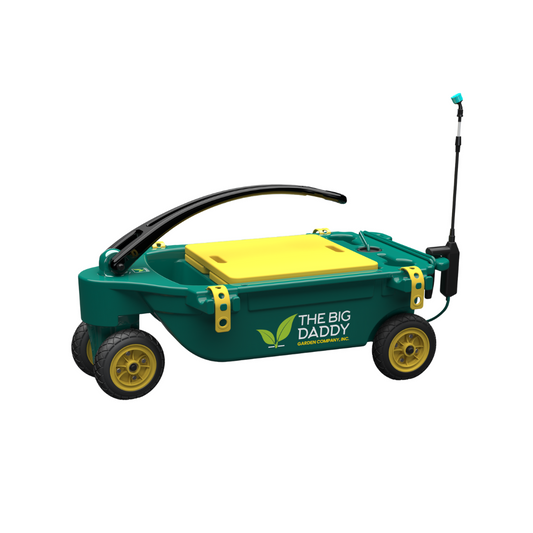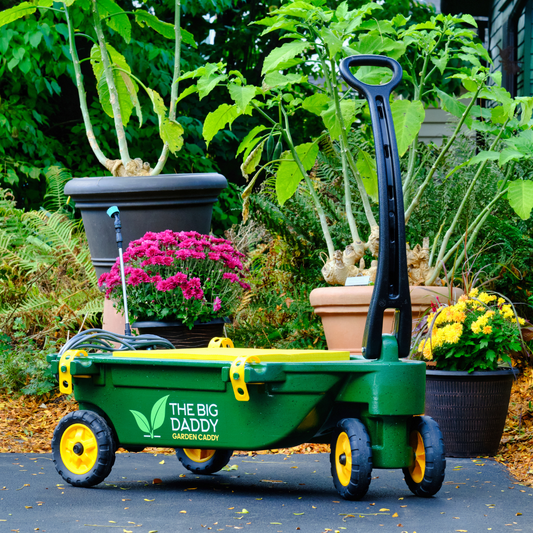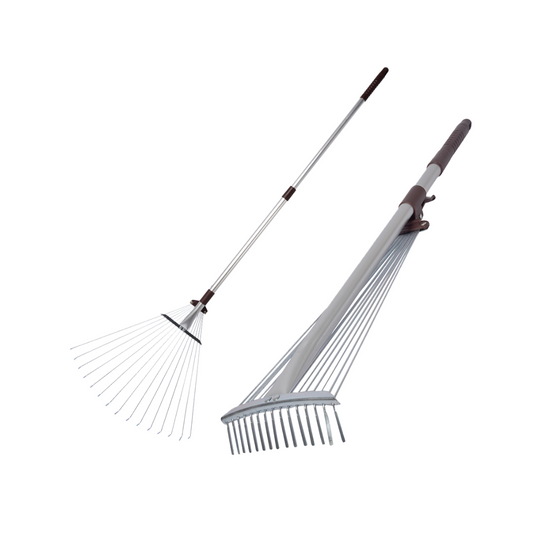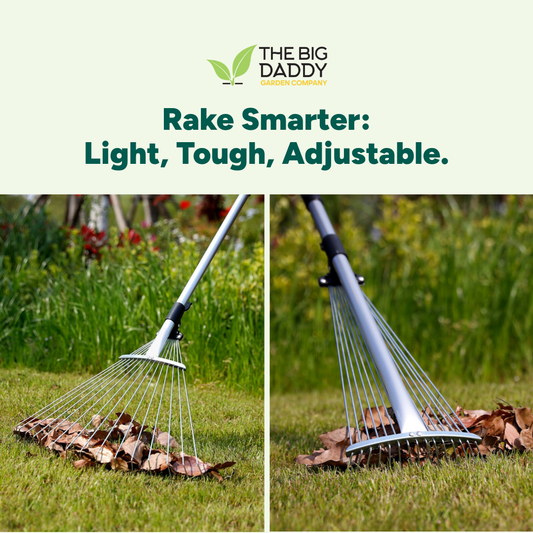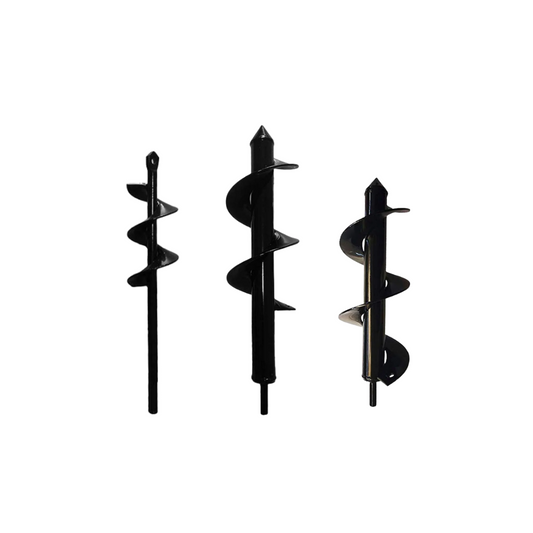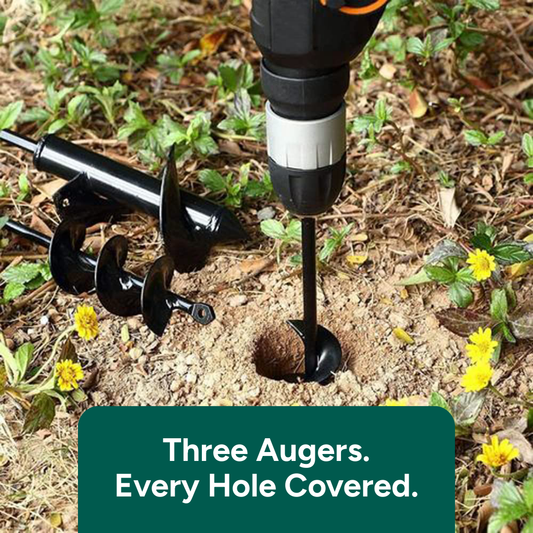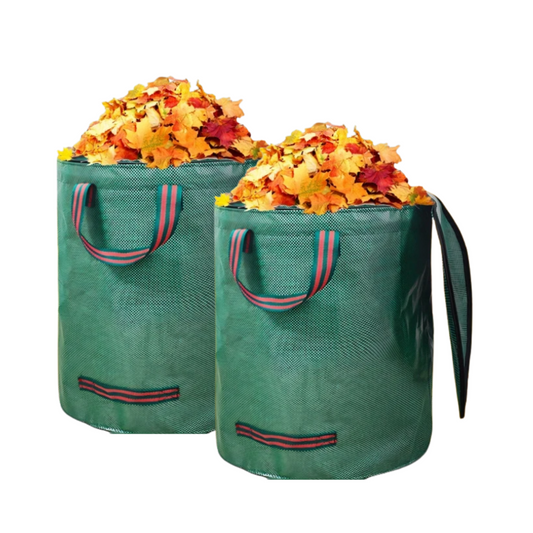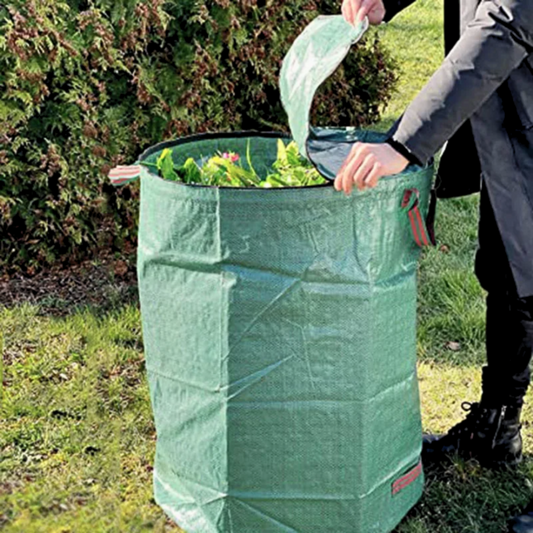
Simple Ways to Use Rocks in Your Rock Garden
Simple Ways to Use Rocks in Your Garden
When most people think about gardening, they picture soil, flowers, and greenery—but often overlook one of nature’s most versatile design elements: rocks. From large boulders to small pebbles, rocks can completely transform the look and function of your outdoor space. Not only are they durable and low-maintenance, but they also bring structure, contrast, and natural beauty that enhances any garden style.
The best part? You don’t need to be a landscape architect to use rocks effectively. With just a little creativity, you can incorporate them into your garden in simple, cost-effective ways. Let’s dig in and learn how!
1. Create Rock Borders and Edging
One of the easiest ways to use rocks in your garden is to create borders around flower beds, trees, or pathways. Rocks serve as natural edging that separates different areas of your garden while preventing soil and mulch from spilling into walkways.
Small to medium-sized stones arranged neatly around a bed create a tidy, structured look, while irregularly shaped rocks give off a more rustic, organic feel. Either way, rock borders add definition and make your garden appear more intentional and cared for.
2. Build a Rock Pathway
Pathways are both practical and decorative. A rock path can guide visitors through your garden while protecting plants from being stepped on. Pebbles, stepping stones, or flagstones work beautifully for this purpose.
For a casual path, try scattering irregular stones in a natural pattern with ground cover plants like creeping thyme growing between them. For a more formal look, use flat stones or pavers laid evenly in gravel or sand. Paths not only improve access but also add charm and structure to your landscape.
3. Add a Rock Mulch
Mulch is essential for moisture retention and weed control, but you don’t always have to use wood chips or straw. Rocks and gravel make excellent mulch alternatives, especially in hot, dry climates. Unlike organic mulch, rocks don’t decompose, meaning less maintenance over time.
They’re also ideal around succulents, cacti, or drought-tolerant plants where too much moisture could cause rot. Rock mulch creates a clean, modern look while still offering functional benefits.
4. Design a Rock Garden
Rock gardens are perfect for adding texture and interest to your yard. They mimic natural landscapes, often pairing stones with alpine plants, succulents, or ground covers that thrive in rocky, well-drained soil.
Start small by grouping different sizes of rocks in one corner of your garden, then planting low-maintenance greenery between them. Over time, your rock garden can evolve into a focal point that highlights the beauty of both plants and stone.
5. Create a Water Feature with Rocks
Few things elevate a garden like the sound of running water, and rocks are the backbone of most water features. From cascading waterfalls to simple bubbling fountains, rocks give water features a natural, timeless appearance.
Even a small birdbath made with pebbles or a DIY rock fountain can transform your garden into a soothing retreat. Larger projects, like ponds or streams, rely heavily on rocks for both structure and beauty.
6. Use Rocks as Plant Accents
Sometimes, less is more. A single large rock or boulder can serve as a dramatic focal point in a flower bed, much like a sculpture. Rocks draw the eye and create visual balance, especially when paired with plants of varying heights and textures.
For a minimalist look, place one striking stone in a bed of ground cover. For a more natural feel, cluster a few stones of different sizes as though they were placed there by nature.
7. Build Rock Walls or Terraces
If your yard has a slope, rocks can help you reclaim usable space. Rock retaining walls or terraced gardens not only prevent soil erosion but also create planting areas at different levels.
You can stack flat stones for a formal retaining wall or use irregular rocks for a more rustic, cottage-style look. Either way, rock walls add character while serving an important functional purpose.
8. Incorporate Pebbles in Creative Ways
Don’t underestimate the power of small rocks. Pebbles can be used in countless creative ways—from filling decorative planters to creating patterns in walkways. You can even use different colors of gravel to design mosaics or borders within your garden beds.
Pebbles are especially effective for drainage areas, such as beneath downspouts or around foundation plantings, where water might otherwise collect and cause problems.
9. Combine Rocks with Lighting
Want to take your rock features to the next level? Pair them with outdoor lighting. Uplighting large stones creates dramatic nighttime effects, while string lights or solar lights tucked among pebbles and pathways add warmth and charm. Lighting highlights the natural texture of rocks and allows you to enjoy your garden well after sunset.
Nature’s Timeless Touch
Rocks are more than just hard surfaces scattered across the earth—they’re timeless, versatile elements that can bring structure, beauty, and practicality to your garden, and at the Big Daddy Garden Company, we’re all about that! Whether you’re edging a bed with small stones, adding a centerpiece boulder, or designing a flowing rock pathway, the possibilities are endless!

